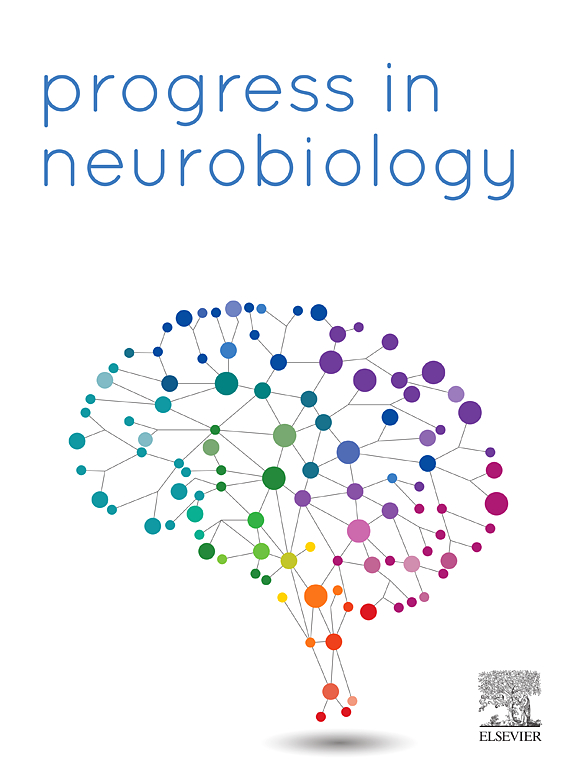Expanding the stimulus domain: Co-occurrence of motion and body-category selectivity in the macaque ventral STS
IF 6.1
2区 医学
Q1 NEUROSCIENCES
引用次数: 0
Abstract
The primate Superior Temporal Sulcus (STS) plays a pivotal role in the recognition of bodies and their actions, which is essential for survival and social interaction with conspecifics. Here, we show that, surprisingly, a sizable proportion of macaque middle ventral STS units are selective for static bodies and random dot motion. They show a faithful representation of random dot motion direction, with motion directions differing by 180 degrees being represented distinctly, although responding more strongly to complex optic flow patterns. This aligns with an fMRI experiment in which we show that the mid-STS body patch, defined by a greater activation to static bodies compared to faces and objects, is also more strongly activated by moving random dot patterns compared to static ones, especially when including complex optic flow patterns. More anterior ventral STS body-selective units demonstrate a less pronounced random dot motion selectivity and this is mainly for complex optic flow patterns. Moreover, middle STS units, but rarely those of the anterior STS, respond selectively to dynamic dot patterns in which body parts are visible solely through motion, and their preference correlates with those for videos of acting monkeys. Overall, these findings highlight an association between body and motion processing in the macaque ventral STS, which might result from the co-occurrence of body features and motion during the observation of bodily actions.
扩大刺激域:猕猴腹侧STS中运动和身体类别选择性的共同发生
灵长类动物的颞上沟(STS)在识别身体及其动作中起着关键作用,对生存和与同种动物的社会互动至关重要。在这里,我们表明,令人惊讶的是,相当大比例的猕猴中腹侧STS单元对静态物体和随机点运动是选择性的。它们显示了随机点运动方向的忠实表示,运动方向差异为180度,被清晰地表示出来,尽管对复杂的光流模式的响应更强烈。这与fMRI实验相一致,我们在实验中发现,与面部和物体相比,静态身体的激活更大,而移动的随机点模式比静态点模式更强烈地激活了中间sts身体贴片,特别是当包括复杂的光流模式时。更多的前腹STS体选择性单元表现出不太明显的随机点运动选择性,这主要是针对复杂的光流模式。此外,中间的STS单元,但很少是前面的STS单元,有选择地对只有通过运动才能看到身体部位的动态点模式做出反应,它们的偏好与猴子表演视频的偏好相关。总的来说,这些发现强调了猕猴腹侧STS中身体和运动处理之间的关联,这可能是在观察身体动作时身体特征和运动共同出现的结果。
本文章由计算机程序翻译,如有差异,请以英文原文为准。
求助全文
约1分钟内获得全文
求助全文
来源期刊

Progress in Neurobiology
医学-神经科学
CiteScore
12.80
自引率
1.50%
发文量
107
审稿时长
33 days
期刊介绍:
Progress in Neurobiology is an international journal that publishes groundbreaking original research, comprehensive review articles and opinion pieces written by leading researchers. The journal welcomes contributions from the broad field of neuroscience that apply neurophysiological, biochemical, pharmacological, molecular biological, anatomical, computational and behavioral analyses to problems of molecular, cellular, developmental, systems, and clinical neuroscience.
 求助内容:
求助内容: 应助结果提醒方式:
应助结果提醒方式:


